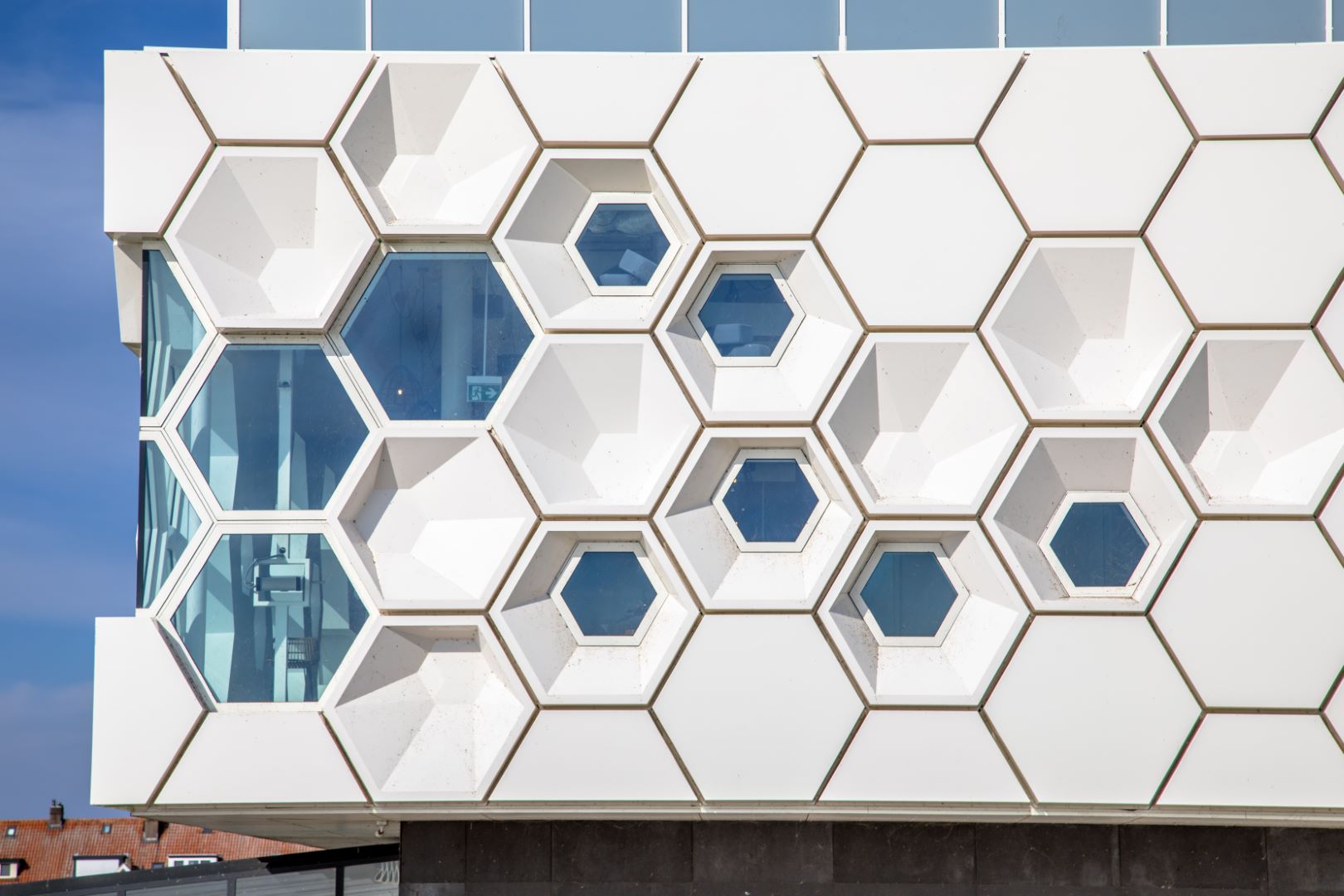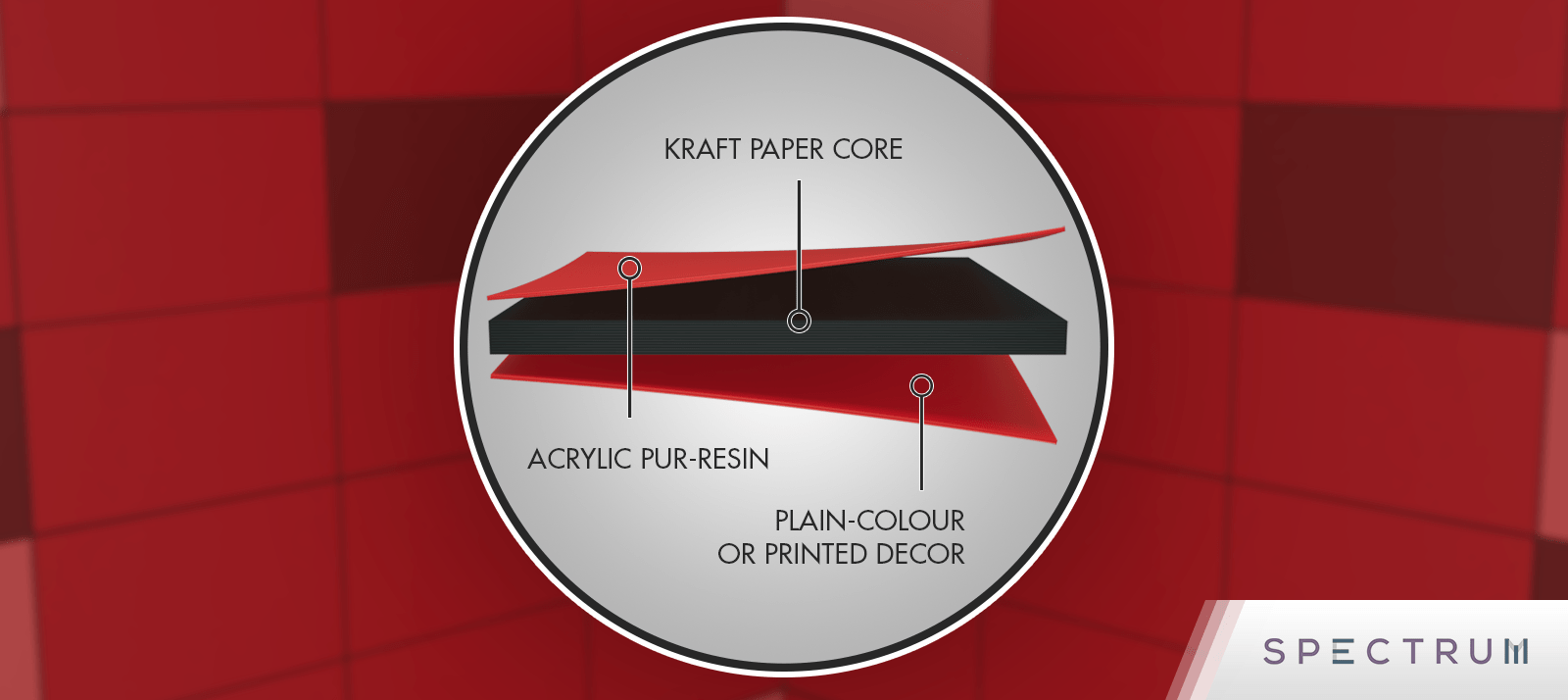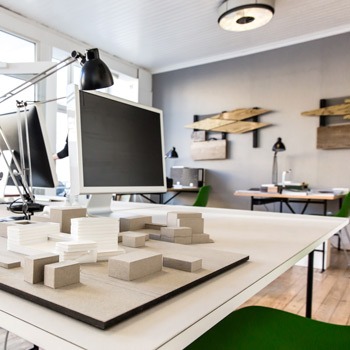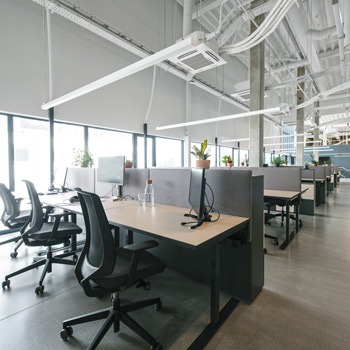A Comprehensive Guide to High Pressure Laminates

Phenolic Panels: An Unfolding Revolution in Architectural Design
Leading the way in architectural and interior design innovations, phenolic panels have carved a niche for themselves, with North America representing the fastest growing market for these versatile panels. Used extensively in Europe for over six decades, phenolic panels are now being recognized globally for their outstanding performance characteristics in both interior design and exterior rainscreen applications.
The Manufacturing Magic behind Phenolic Panels
How are Phenolic Panels made?
Phenolic panels, also known as solid phenolic or compact laminate, are composite panels made by layering paper or fibrous materials into phenolic resin. The process involves the application of heat and high pressure, transforming these layers into robust and solid panels that stand the test of time without delaminating or degrading.
Phenolic panels, or compact laminates, are manufactured through a high-pressure process. Here’s an overview of the process:
Kraft Paper Selection:
The primary material in phenolic panels is Kraft paper. This paper, made from renewable wood resources, is carefully selected for its color, weight, and tear strength. The chosen paper forms the core of the panel and is vital for its strength-to-weight ratio.
Phenolic Resin Impregnation:
The Kraft papers are then soaked in or “impregnated” with a phenolic resin. This resin can be mixed with flame retardant additives to enhance the flexibility and fire safety of the final product.
Layering:
The impregnated papers are dried, cut, and stacked. The number of layers in the stack depends on the desired thickness of the final panel.
Application of Pressure and Heat:
The stack of papers is placed between two heated press plates. Under high temperature and pressure, the resin in the paper layers bonds and hardens, forming a dense, strong panel. The heat and pressure applied ensure that this bonding is irreversible.
Finishing:
After the panel is cooled, it is then finished and cut to the desired size. The finished phenolic panels are ready for use and are known for their durability, resistance to heat and fire, and excellent insulating properties.
Each step in the manufacturing process is controlled to ensure the highest quality and consistency in the final product. The result is a panel that is robust, waterproof, heat-resistant, and incredibly versatile in its applications.

The Unmapped Advantages of Phenolic Panels
Strength and Longevity:
Phenolic panels are celebrated for their hardiness and lifespan. Boasting a high resistance to impact, water, heat, and chemicals, these panels are exceptional for both indoor and outdoor applications. Exterior grade panels undergo additional treatment to ensure prolonged UV stability. This unparalleled durability translates into lower maintenance costs and extended panel lifespan, making phenolic panels a cost-effective solution for the long haul.
Design Flexibility:
Phenolic panels offer architects and interior designers an expanded palette of colors, finishes, and textures, unleashing unlimited creative possibilities. Modern processing techniques enable the creation of panels with curved, irregular shapes, and perforated elements, setting a new arena for design innovation.
Energy Efficiency:
Phenolic panels are the vanguards of energy efficiency. With a thermal resistance of just 0.3 W/mK, these panels significantly reduce thermal transmission. And when used with a thermally broken solution, phenolic panels can reach eR-values up to eR-64 in continuous insulation applications. This allows for the conservation of energy, whilst maintaining aesthetic appeal, even when the panel is black.
Environment Friendly:
Phenolic panels not only promise durability but also have a reduced environmental impact. All products manufactured by Spectrum come with published Life Cycle Analysis (LCA) and Environmental Product Declarations (EPD). With 70% of compact laminate made from natural fibers that sequester carbon, high-performing panels with zero embedded carbon can be produced.

Phenolic Panels: Where Do They Fit?
Phenolic panels find wide-ranging applications across various industries due to their versatile properties.
Educational Institutions:
Due to their robustness and low maintenance requirements, phenolic panels are an excellent choice for schools and universities, where high-traffic and heavy-use areas require durable materials.
Hospitals:
The panels’ resistance to chemicals and easy-to-clean nature make them ideal for healthcare facilities, where hygiene and cleanliness are paramount.
Airports:
Phenolic panels are perfect for airports, where durability, fire resistance, and ease of maintenance are crucial.
Commercial Spaces:
The design versatility and aesthetic appeal of phenolic panels make them a popular choice for commercial spaces like retail stores, restaurants, and office buildings.
When Should You Use Phenolic Panels?
Business
Healthcare
Education
Government
For what types of applications are Phenolic Panels ideally suited?
Exterior:
For rainscreen façades, these panels serve as an ideal choice, offering a blend of durability, energy efficiency, and eye-catching aesthetics. Beyond façades, Phenolic panels find utility in soffits, balconies, signs, deck flooring, furniture, and a plethora of other exterior applications.
Interior:
Phenolic panels are a perfect choice for diverse interior applications, including wall lining, bathroom spaces, lockers, lab work surfaces, and furniture. Their versatility sees them recognized across industries such as education, healthcare, residential and mixed-use projects, offices, transportation, labs, and government sectors. Their advantages are self-evident.
Markets recognize ATS, as a key industry player with a rich history. Known for their creative and technical prowess, ATS Spectrum division continually fosters positive transformations in the design and construction of both exterior and interior structures.
Laboratory:
The most important things to consider for a lab surface are as follows:
- Chemical resistant
- Abrasive resistant
- Heat resistant
- Impact resistant
- Moisture resistant
- Bacteria resistant
- Type of use
- Furniture style
- Costs
Spectrum offers a wide range of options in lab work surfaces from Schools, Colleges, Laboratories, etc because of our phenolic resin panels. They are sustainable and FSC®, PEFC™, GREENGUARD certified. Compact HPL panels can reinvent scientific spaces with their sleek aesthetics, wide color palette, and enduring performance. A range of thicknesses, sizes, and color options is available to stimulate and encourage creativity and innovation in laboratory environments.
PARTNERS
Why Choose ATS Spectrum Phenolic Panels?
According to Research and Markets, “The global phenolic panel market size is projected to grow from USD 1.7 billion in 2020 to USD 2.4 billion by 2025, at a CAGR of 6.5% during the forecast period.”
The research firm discovered the following:
- The construction industry emerges as the fastest-growing sector utilizing phenolic panels, in terms of value
- Interior applications account for the largest market segment, again in terms of value
- The sandwich type represents the swiftly expanding application segment for phenolic panels based on value
- Class A phenolic panel is the most rapidly growing segment within the phenolic panel market, value-wise
- North America houses the fastest-expanding market for phenolic panels
At ATS Spectrum, we are passionate about delivering excellence, fostering innovation, and elevating the sustainability standards of the construction industry.
Conclusion
Phenolic panels represent an innovative solution for the architectural and design industries, offering impressive strength, design flexibility, energy efficiency, and environmental sustainability. Architects and interior designers alike are encouraged to request a sample or contact us at estimating@ats-sales.ca / +1-855-444-0588 and explore the myriad possibilities and applications that these panels bring to the table.
Let these phenolic panels inspire your next big project!






